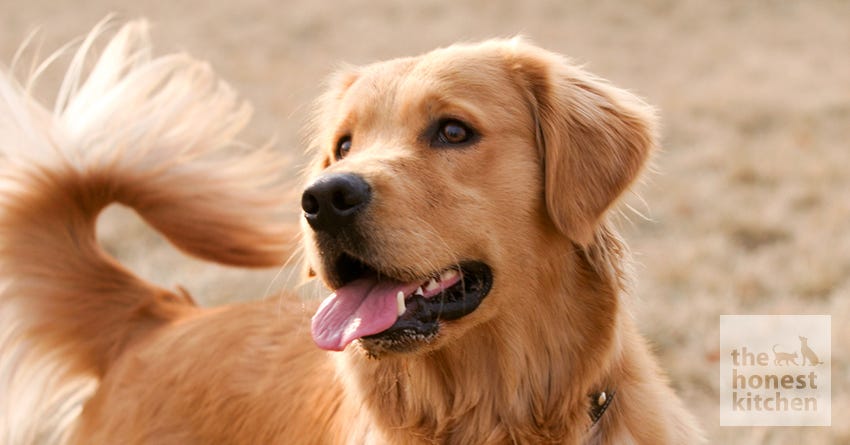A soft, shiny coat is often one of the first signs of a healthy, well cared for dog.
Different breeds have different coat types, of course, and while a wire-haired dog will never have the same silky strands as breeds with softer coats, there are things you can do to ensure that your dog has the healthiest—and by extension most beautiful—coat possible for his particular breed.
Diet and Nutrition
One of the biggest causes of a dull coat is poor nutrition. According to Bark Post, “Dogs who are eating low-quality commercial dog foods or homemade diets that aren’t properly balanced may not be getting the proper nutrients they need for a healthy and shiny coat.” Like humans, dogs need plenty of quality nutrients to really shine. To grow a healthy, glowing coat, Omega-3 and Omega-6 fatty acids are vital. Natural sources of these essential fatty acids include vegetable oils such as coconut oil or olive oil, and fish oil. To encourage a shinier coat, try adding a teaspoon of oil to your dog’s food, or supplement with a bit of fish. Fish oil pills—the kind you would get for yourself—are also a safe and healthy addition to your dog’s diet. If your dog suffers from dry skin and dandruff, try massaging a bit of coconut oil directly into the base of his coat. In addition, make sure you also keep an eye on the labels on your pet food to ensure that it contains enough fatty acids. Quality dog foods should contain around 2.2% Omega-6 fatty acids and .3% Omega-3, as stated in this article about essential fatty acids. Yet another point to consider: what is in your pet’s food can make as much of a difference as what’s not. Some dogs are allergic to or have difficulty digesting dog food containing grain—especially the processed or genetically modified kind—and this often shows up as dry, itchy skin and a dull coat. Luckily, many dog foods these days are made grain free. Along with its whole grain offerings, The Honest Kitchen also has a grain free option for sensitive pets.
 istockphoto/Xesai
istockphoto/XesaiGrooming
Another important aspect to ensuring your pet’s coat is always in tip-top shape is proper grooming. There are two main aspects to grooming—brushing and bathing—and each must be performed correctly to have a positive impact on your dog’s coat. Bathing your dog is an important part of keeping him healthy and clean, but it is possible to overdo it. According to Renegade Health, “How often depends on your dog, the length of the coat, and how dirty he or she gets. Bathing once a month is a good general guideline—often enough to keep the coat clean, but not so often that you’re stripping it of essential oils.” It's also important to use the right kind of shampoo and conditioner during bath time. Human skin has a different pH level than a dog’s, so using human shampoo on your furry friend can give him dry, itchy skin, as well as make him more vulnerable to certain types of infections. For best results, try a moisturizing shampoo made just for dogs. Conditioner isn’t necessary, but it can be great for adding a bit of extra moisture and gloss to a dull coat. Brushing your dog regularly is also vital to keeping his coat as healthy as possible. Brushing stimulates the hair and skin follicles to help spread your pet’s natural oils throughout his coat. Brushing also keeps mats from forming—and you from having to cut them out. It is also a great way to bond with your pet and can help decrease the amount of fur you find around the house. Try running a brush through your dog’s coat every day or every other day, maybe at night while watching TV. Making a routine out of it will make this simple practice easier to remember.


